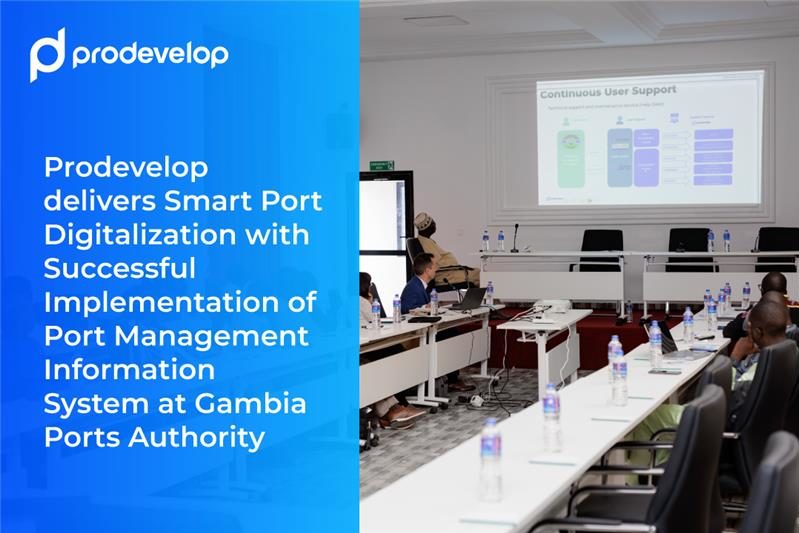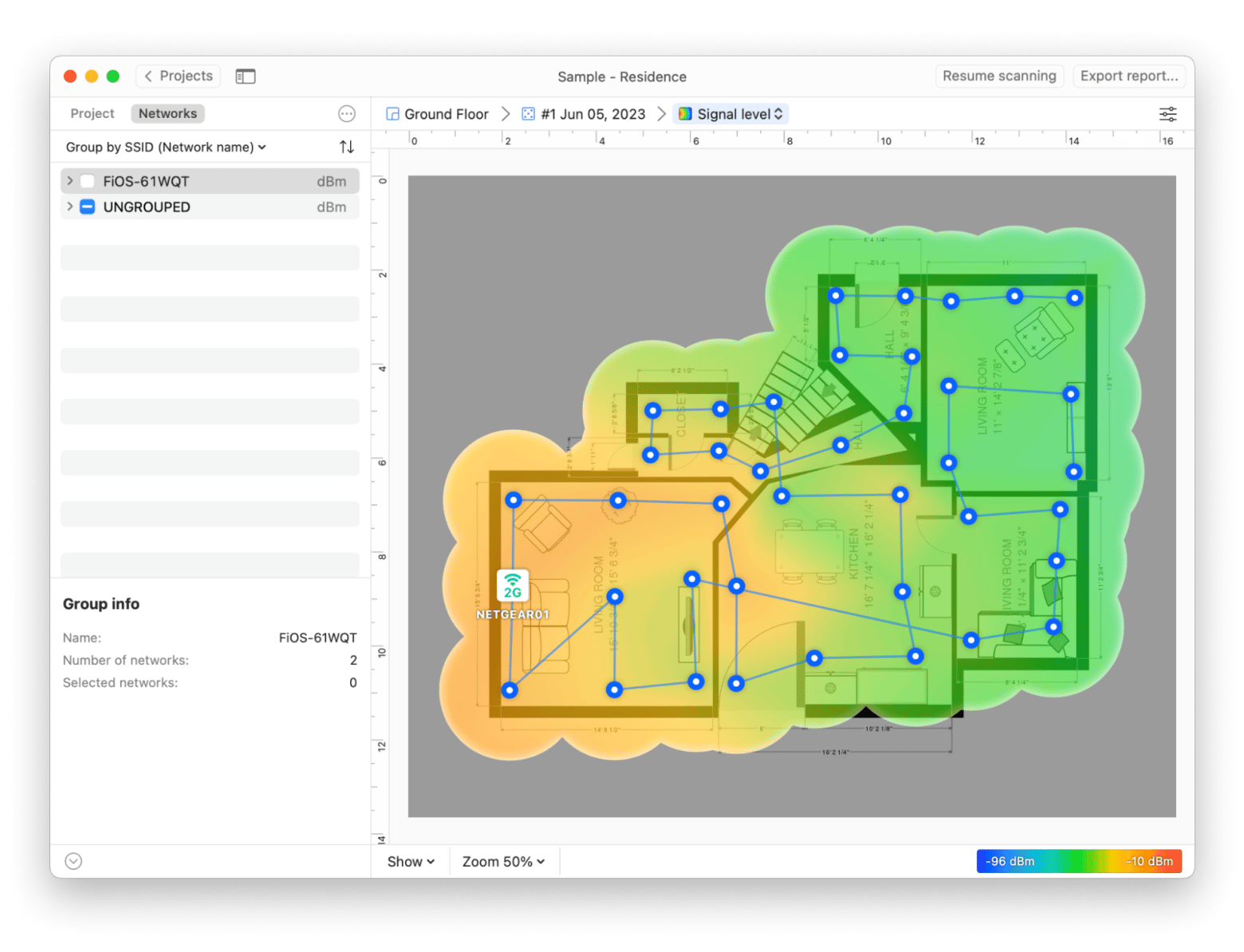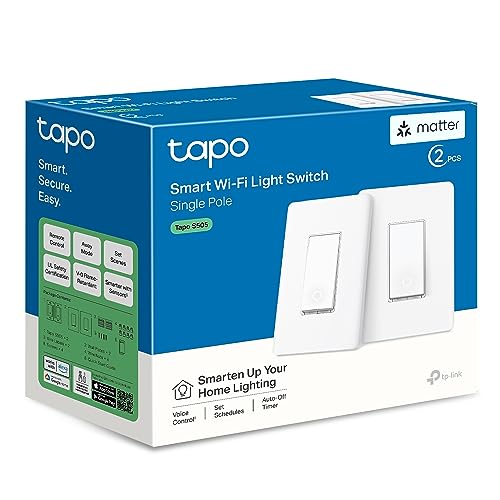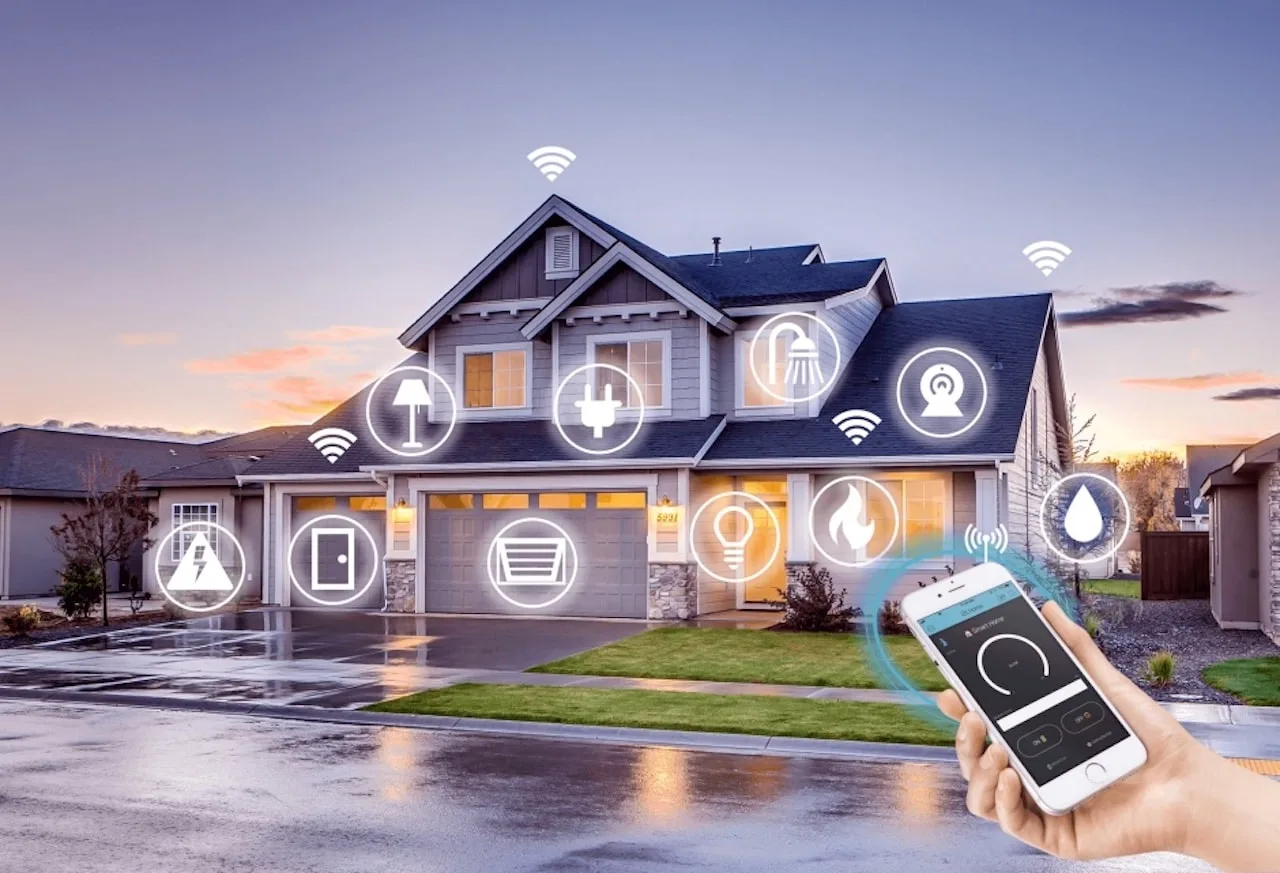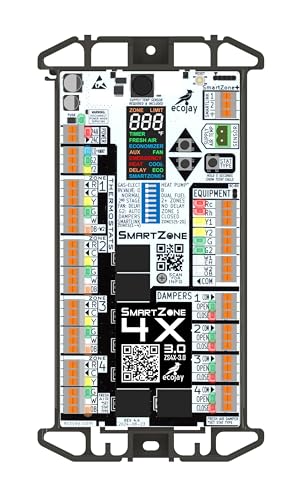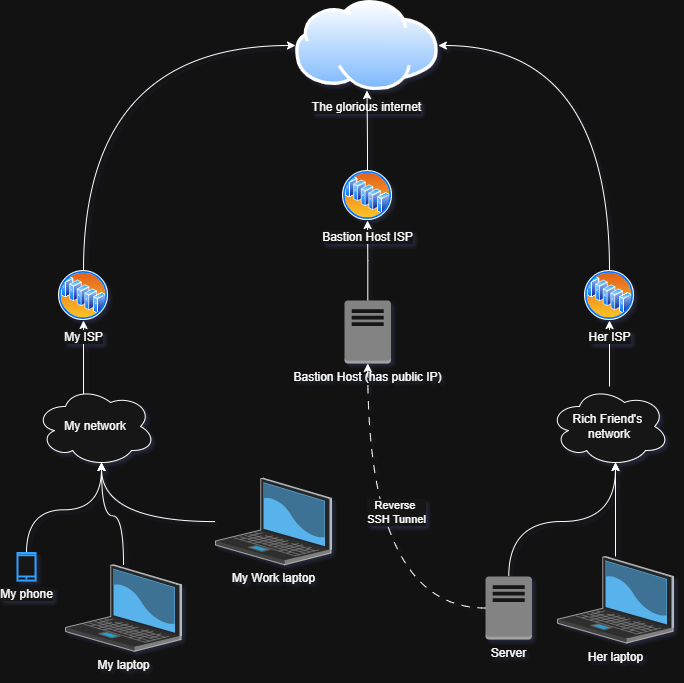Have you ever wondered how businesses keep their networks running smoothly and securely? The secret often lies in smart management ports.
These powerful tools give you control, making it easier to monitor and manage your devices without hassle. Imagine having a simple way to fix problems before they affect your work or to keep your data safe with minimal effort. If you want to discover how smart management ports can make your technology work smarter for you, keep reading.
This article will reveal the key uses and benefits that could transform the way you handle your network.
Smart Management Ports Basics
Smart management ports help control and manage network devices. They allow easy access to device settings and monitoring.
These ports are important in networks for quick troubleshooting and configuration. They improve device management efficiency.
Key Features
Smart management ports offer several important features. They provide secure access to network devices and support remote management.
These ports allow real-time monitoring and control. They often include features like authentication and data encryption.
- Secure access with authentication
- Remote device monitoring
- Real-time configuration control
- Support for encrypted communication
- Easy troubleshooting and diagnostics
Types Of Ports
There are different types of smart management ports. Common types include Ethernet, USB, and serial ports.
Each port type serves a specific purpose. Ethernet ports are widely used for network connections, while serial ports help with legacy devices.
- Ethernet ports for network access
- USB ports for device connection
- Serial ports for older equipment
- Console ports for direct management
Compatibility Factors
Compatibility depends on device type and port standards. Not all smart management ports work with every device.
Check the port type, speed, and protocols before use. Proper compatibility ensures smooth device management and communication.
| Factor | Description |
|---|---|
| Port Type | Matches physical connection (Ethernet, USB, Serial) |
| Speed | Supports required data transfer rates |
| Protocols | Compatible with management and security protocols |
| Device Support | Works with the target device model and firmware |

Credit: www.marketsandmarkets.com
Benefits Of Smart Management Ports
Smart management ports help network administrators control and manage devices easily. They offer many advantages for business networks.
Using these ports improves network performance, security, and problem-solving. They make managing complex networks simpler.
Enhanced Network Control
Smart management ports allow precise control over network traffic. Administrators can monitor and adjust settings from one place.
This control helps keep the network running smoothly and ensures devices work as expected. It also supports easy updates.
- Centralized management of multiple devices
- Real-time monitoring of network status
- Ability to configure settings remotely
Improved Security
Smart management ports increase network security by limiting access. Only authorized users can make changes or see sensitive data.
They help detect unusual activities quickly. This reduces the risk of attacks and unauthorized access.
- Access control for network devices
- Alerts for suspicious network activity
- Secure communication between devices
Simplified Troubleshooting
Smart management ports make finding network problems faster. They provide detailed information about device status and errors.
Technicians can fix issues remotely, reducing downtime and costs. This helps keep the network stable and reliable.
- Easy access to device logs and error reports
- Remote diagnosis of network problems
- Faster issue resolution and recovery
Common Use Cases
Smart management ports help control and monitor network devices. They simplify many tasks in network management.
These ports are used in different ways to improve how networks work and stay secure.
Remote Device Management
Smart management ports allow users to access devices from far away. This helps fix issues without being near the hardware.
Network admins can update settings, restart devices, or check status remotely. This saves time and travel costs.
Real-time Monitoring
These ports send live data about device performance and network health. This helps spot problems early.
Admins get alerts for unusual activity or failures. This improves network reliability and uptime.
- Track bandwidth use
- Monitor device temperature
- Detect connection issues
Automated Network Configuration
Smart management ports help set up devices automatically. This reduces manual work and errors.
Networks can update settings or add new devices quickly. This keeps systems running smoothly.
- Apply security policies
- Update firmware remotely
- Configure device roles
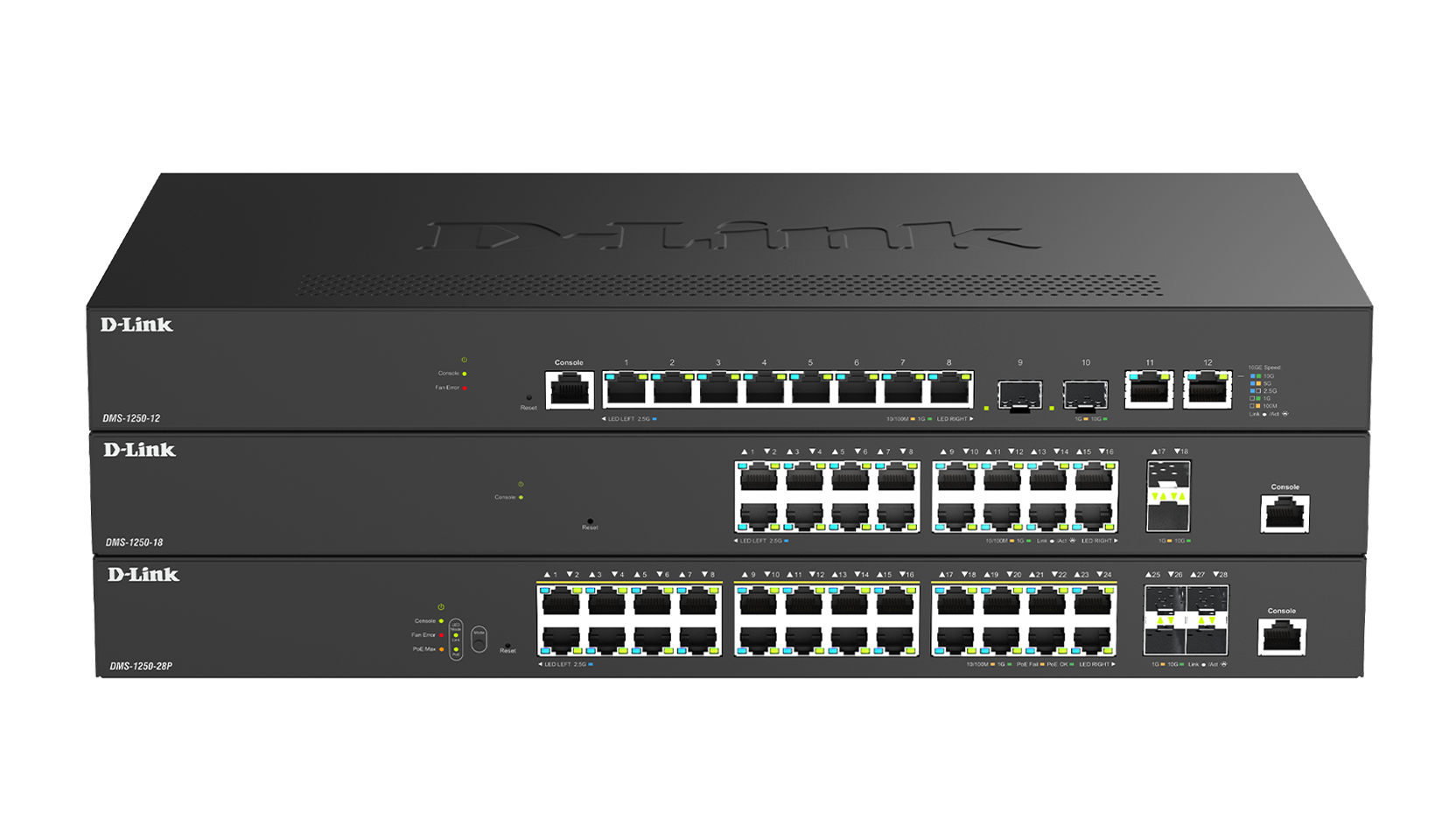
Credit: www.dlink.com
Setting Up Smart Management Ports
Smart management ports help control network devices easily. They allow remote access for better monitoring.
Setting up these ports correctly improves security and device management. This guide covers the main steps.
Hardware Requirements
To set up smart management ports, use compatible network devices. Ensure devices have dedicated management ports.
Use high-quality cables to connect the management ports. Proper hardware avoids connection issues and downtime.
- Network switches with management port support
- Dedicated Ethernet cables (Cat5e or higher)
- Power supply with stable voltage
- Network interface cards (NICs) compatible with management software
Software Configuration
Configure the management port with a unique IP address. Use a secure subnet separate from regular traffic.
Enable necessary protocols for remote access like SSH or HTTPS. Set strong passwords and limit access.
- Assign static IP to the management port
- Enable secure access protocols (SSH, HTTPS)
- Set up user roles and permissions
- Update device firmware and software regularly
Best Practices
Keep the management network isolated from user traffic. This reduces security risks and network congestion.
Regularly monitor logs and access attempts. Use alerts to detect unauthorized access quickly.
- Use VLANs or separate physical networks for management
- Change default passwords immediately
- Keep backup configurations of management settings
- Limit management port access to trusted IP addresses
Troubleshooting Tips
Smart management ports help control and monitor network devices. They can face issues that affect performance.
Knowing how to troubleshoot these ports saves time and keeps networks running smoothly.
Diagnosing Connection Issues
Check if the port is physically connected and powered on. Loose cables cause many problems.
Use built-in tools to test the port’s status and link speed. Look for error messages or warnings.
- Ensure cables are firmly plugged in
- Restart the device to reset connections
- Check port LEDs for activity signs
- Run diagnostics from the management interface
Firmware Updates
Firmware updates fix bugs and improve port functions. Keep your firmware up to date for best results.
Download updates only from official sources. Follow instructions carefully to avoid damage.
- Check the device manufacturer’s website for updates
- Backup current settings before updating firmware
- Apply updates during low-traffic hours
- Verify the update success after installation
Performance Optimization
Optimize port settings to improve speed and reduce errors. Adjust parameters based on network needs.
Regularly monitor port traffic and error rates. Tweak settings to maintain steady performance.
- Set correct duplex mode and speed
- Enable flow control to prevent packet loss
- Clear unused VLANs to reduce clutter
- Monitor bandwidth usage for bottlenecks
Future Trends
Smart management ports are evolving to meet new technology needs. They will handle more data and devices efficiently.
These ports will support better control and faster responses in networks. Let’s explore some key future trends.
Integration With Ai
Artificial intelligence will help smart ports manage traffic and detect problems early. AI can predict failures before they happen.
Ports will use AI to learn from data and improve performance without human help. This makes networks smarter and more reliable.
- Automatic traffic control
- Real-time problem detection
- Self-optimizing operations
Enhanced Security Protocols
Security is a top priority for smart ports. New protocols will protect data and stop unauthorized access.
These protocols will use stronger encryption and faster methods to keep information safe. Ports will block threats automatically.
- Advanced encryption standards
- Real-time threat blocking
- Multi-factor authentication
Scalability Enhancements
Smart ports will grow easily as networks expand. They will support more devices without slowing down.
New designs will let ports add capacity quickly. This helps businesses keep up with rising demands.
- Modular hardware designs
- Flexible software control
- Cloud-based scaling options

Credit: www.marketsandmarkets.com
Frequently Asked Questions
What Is The Purpose Of A Smart Management Port?
A smart management port enables remote monitoring and control of network devices. It helps improve network management efficiency and reduces downtime by providing real-time access to device status and configurations.
How Do Smart Management Ports Enhance Network Security?
They isolate management traffic from regular data traffic. This separation reduces unauthorized access risks and ensures secure communication between administrators and network devices.
Can Smart Management Ports Reduce Network Downtime?
Yes, smart management ports allow quick diagnosis and troubleshooting remotely. This capability helps resolve issues faster, minimizing network downtime and maintaining continuous service availability.
Are Smart Management Ports Compatible With All Devices?
Most modern network devices support smart management ports. However, compatibility depends on the device manufacturer and model, so always check device specifications before implementation.
Conclusion
Smart management ports bring efficiency to operations. They optimize resources and reduce costs. Quick adjustments and easy monitoring improve productivity. Businesses benefit from smoother workflows. These ports enhance security too. They protect data and control access effectively. With these advantages, adopting smart management ports is wise.
Companies can stay competitive and agile. These tools offer a reliable way to manage tasks efficiently. Embracing this technology ensures better organization and performance. Stay ahead by integrating smart management ports into daily operations. The results will show in improved business outcomes.
15 min read

